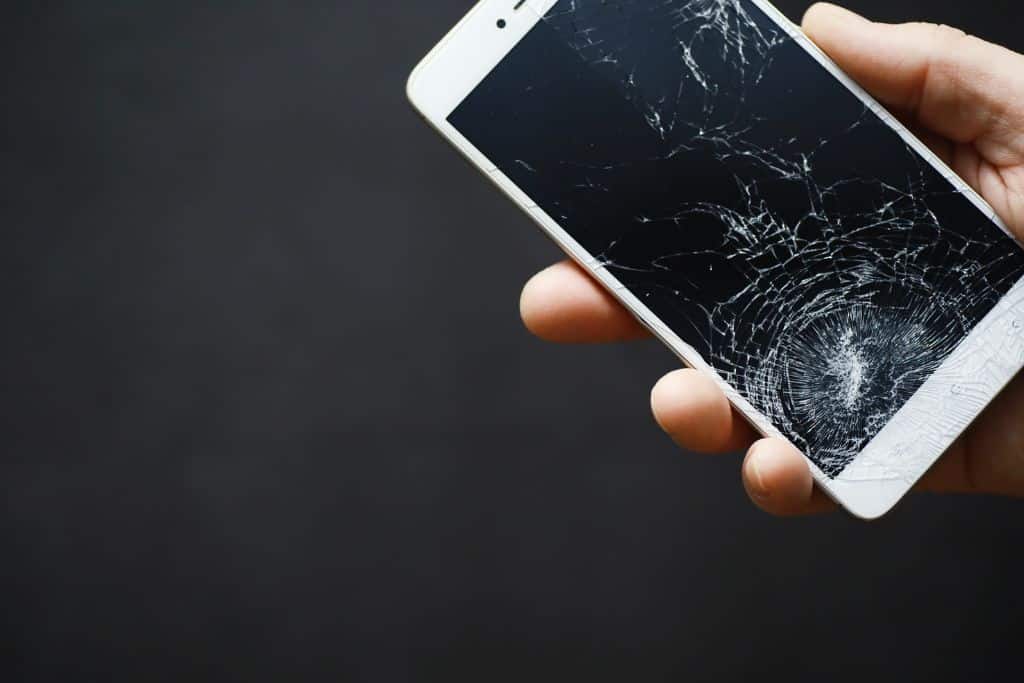The Right to Repair movement seeks to empower consumers to make sustainable choices when it comes to broken or spent goods and to define consumers and businesses’ future relationship with technology manufacturers. Earth.Org looks at the origins of the movement, its impact, and how you can get involved.
—
By Virginia McAll
Repairing broken technology is not always straightforward. Increasingly, manufacturers have been purposefully designing products with short life spans, making repairs more challenging due to a lack of guidance and spare parts to perform repairs. The “right to repair” movement aims to change this by encouraging manufacturers to create products that are easier to repair. This can be done by extending a product’s life cycle and removing software barriers that hinder third-party and self-repairs.
The movement draws attention to the impact of electronic waste, or e-waste, on the planet by promoting consumers’ right to prolong a product’s lifecycle through repairs. It has attracted a diverse range of supporters, including tech activists, independent repair businesses and grassroots organizations.
The debate extends across multiple facets of technology, inclusive of home appliances, devices, medical equipment, and vehicles. With digitization driving the demand for devices, the production process consumes raw materials. For instance, smartphones consist of over 70 components utilizing more than 60 different metals.
As digitalization grows, so does e-waste. In 2022 alone, 14 metric tons (Mt) of e-waste were disposed of. 18 Mt were handled in low-income countries with insufficient management infrastructure; while global rates of recycling sat at 22.3%. By 2030, e-waste is projected to grow to 74.7 Mt.
Innovation is making infrastructure and products more durable and repairable but we also need to defend our rights to uphold these measures. And thanks to this growing movement, calls for greater legislation to defend consumers’ right to repair are finally bearing fruit.
More on the topic: New York Passes First Right to Repair Law for Electronics in the US
What Can You Do About It?
1. Find out what is happening in your country
Changes to legislation are brewing across the globe, so check out what is happening where you are, to keep ahead of changes coming your way.
In the European Union, for example, the Directive on common rules promoting the repair of goods aims to reduce waste by making it “easier and more cost-effective for consumers to repair as opposed to replace goods.”
The directive, adopted in 2023 as part of the bloc’s Circular Economy Action Plan, establishes several key provisions aimed at enhancing consumer rights and promoting sustainability, including granting consumers the right to claim repair from producers for technically repairable products like washing machines and TVs. Producers must also inform consumers about products they must repair themselves. An online matchmaking repair platform will connect consumers with repairers and sellers of refurbished goods, facilitating easy access to repair services and sustainable options. Additionally, the directive introduces a European Repair Information Form for transparent repair conditions and pricing, and a European quality standard for repair services to help consumers identify high-quality repairers committed to minimum standards across EU countries.
In 2021, the UK Government introduced the Ecodesign for Energy-Related Products and Energy Information Regulations, commonly referred to as Right to Repair regulations. The rules aim to extend the life of products, predominantly household appliances, and reduce e-waste by legally requiring manufacturers and importers to make spare parts for their products available to professional repairers and consumers.
2. Take action
If you do not feel like what is happening is enough, or you want to challenge a decision, you are probably not alone. Many campaigners are acting to advocate for consumer voices to be heard.
iFixit, a repair platform offering step-by-step guides to keep consumers informed and quality parts and tools to help you do your own repairs, is a huge advocate for the right to repair and has a wide online community of repairers.
You can also check out what is happening in your specific country:
- If you are in the US, find your state’s page on repair.org.
- If you are in Canada, see Can Repair.
- If you are in Australia, check out the Australian Repair Network
- If you are in the EU, check Repair.eu
3. Choose second-hand
One of the least impactful and most sustainable choices you can make for the environment is to first check out second-hand markets when picking up new gadgets, using up what already exists. Shopping preloved electronics will not only be good for your bank account but it will also help reduce e-waste, which is detrimental to the environment.
If you are in the market for something new, tech innovators are working to produce easily repairable, modular devices. For instance, Framework, a consumer electronics provider, incorporates modularity in its designs and provides educational resources to upskill people to perform repairs. The company incorporates post-consumer recycled plastics and metals and selected materials that have robust recycling supply chains available at end-of-life. They acknowledge further improvements can be made towards circularity, integrating life cycle analysis into their practices to identify improvements. Fairphone operates similarly, offering a range of phones, headphones, and spare parts you might need to keep your valuables updated and working smoothly.
💡How can I contribute to a more sustainable planet?
- 🗳️ Vote for climate action: Exercise your democratic rights by supporting candidates and policies that prioritize climate change mitigation and environmental protection. Stay informed with Earth.Org’s election coverage.
- 👣 Reduce your carbon footprint: Make conscious choices to reduce your carbon footprint. Opt for renewable energy sources, conserve energy at home, use public transportation or carpool, and embrace sustainable practices like recycling and composting.
- 💰 Support environmental organizations: Join forces with organizations like Earth.Org and its NGO partners, dedicated to educating the public on environmental issues and solutions, supporting conservation efforts, holding those responsible accountable, and advocating for effective environmental solutions. Your support can amplify their efforts and drive positive change.
- 🌱 Embrace sustainable habits: Make sustainable choices in your everyday life. Reduce single-use plastics, choose eco-friendly products, prioritize a plant-based diet and reduce meat consumption, and opt for sustainable fashion and transportation. Small changes can have a big impact.
- 💬 Be vocal, engage and educate others: Spread awareness about the climate crisis and the importance of environmental stewardship. Engage in conversations, share information, and inspire others to take action. Together, we can create a global movement for a sustainable future.
- 🪧 Stand with climate activists: Show your support for activists on the frontlines of climate action. Attend peaceful protests, rallies, and marches, or join online campaigns to raise awareness and demand policy changes. By amplifying their voices, you contribute to building a stronger movement for climate justice and a sustainable future.
For more actionable steps, visit our ‘What Can I do?‘ page.
This story is funded by readers like you
Our non-profit newsroom provides climate coverage free of charge and advertising. Your one-off or monthly donations play a crucial role in supporting our operations, expanding our reach, and maintaining our editorial independence.
About EO | Mission Statement | Impact & Reach | Write for us








